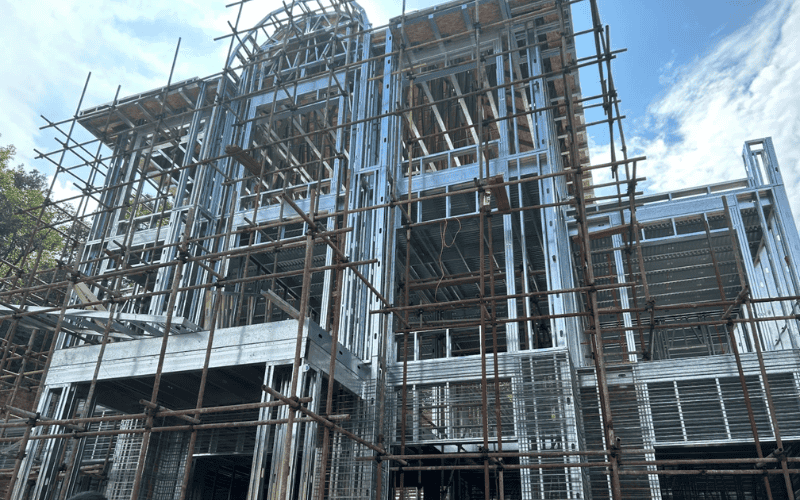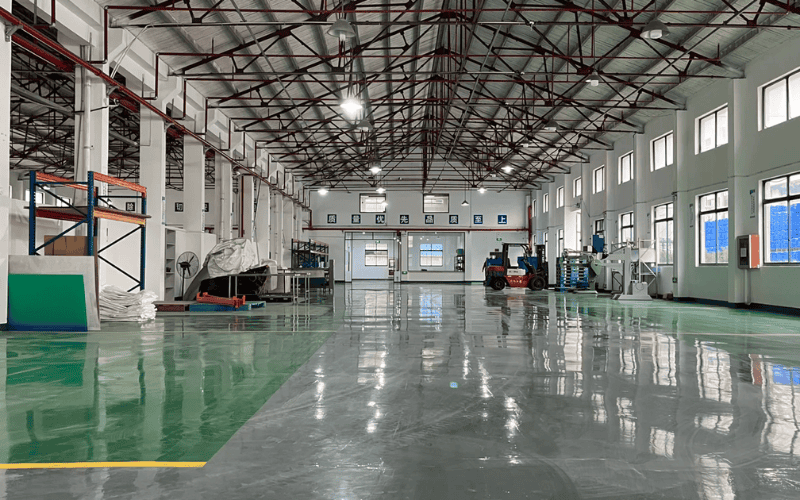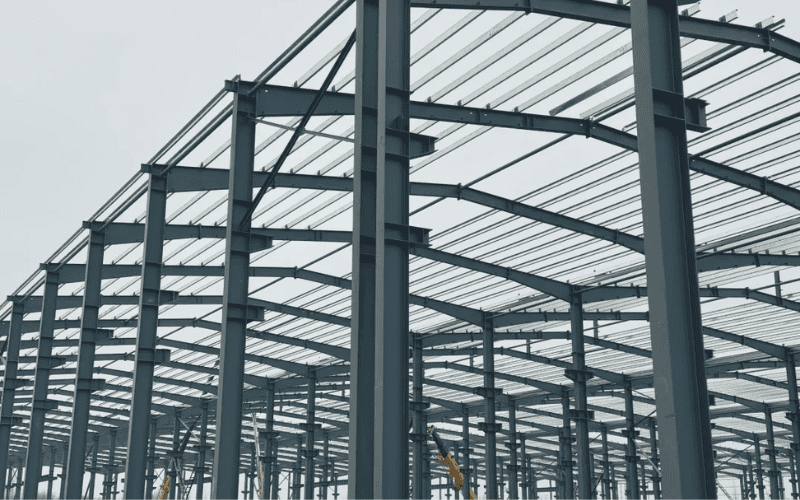When building a new structure, whether it’s for business or personal use, one of the biggest questions on your mind is likely, which material should I choose—metal or wood? On the surface, wood might seem like the more affordable option, but is it really the cheaper choice when you consider all the hidden costs? What if investing a little more upfront in a metal building could save you big in the long run?
In this article, we’ll explore the true cost comparison between metal and wood buildings, not just focusing on initial costs, but also the long-term savings, durability, and return on investment. By the end, you’ll have a clearer understanding of which material makes more sense for your project—and why metal buildings might be the smarter investment in today’s fast-paced, cost-conscious world.
Let’s not waste more time and dive right in!
Initial Costs: Is Metal That Much More Expensive?
At first glance, wood buildings might seem like the more budget-friendly choice. After all, wood is often less expensive than steel on the surface, right? While it’s true that metal buildings can cost around 5-10% more upfront, that difference isn’t as significant as you might think—especially when you consider the bigger picture.
Here’s the kicker: While wood may look cheaper in terms of materials, hidden costs can quickly add up. Think about the labor involved, the longer construction time, and the ever-changing price of lumber. These factors can easily push your costs higher than expected.
So yes, metal might cost a bit more at the start, but that extra investment could save you a lot in the long run.
Long-Term Savings: Why Metal Buildings Make More Sense
Here’s where metal buildings really shine. When you look at the total cost of ownership over time, metal structures tend to outshine wood in a number of key ways:
- Low Maintenance Costs: Wood can rot, warp, or attract pests—requiring regular treatments for termites, moisture, and decay. With steel? It’s pretty much set and forget. No pests, no rot.
- Durability: Steel can handle just about anything Mother Nature throws at it: storms, fires, earthquakes. Wood, on the other hand, tends to age and weaken over time, leading to costly repairs.
- Energy Efficiency: Steel buildings can be designed with better insulation to keep energy bills low. Wood buildings might need constant repairs or upgrades to maintain that efficiency.
When you factor in these long-term savings, the slightly higher initial cost of metal buildings seems like a bargain.
Faster Construction: Get Your Building Up and Running in No Time

Time is money, right? With metal buildings, you’ll see your project come together much faster than a traditional wood structure. Here’s why:
- Quick Assembly: Metal building kits come pre-engineered and pre-cut, which means most of the work is done before the materials even arrive at the site. No cutting wood on-site or waiting for materials to be prepped.
- Lower Labor Costs: Since metal buildings go up faster, you’ll need fewer workers for less time. And labor typically accounts for a hefty portion of your project’s budget—sometimes as much as 30-50%.
If you’re looking to save both time and money, steel’s the way to go.
Maximizing Space: Metal Buildings Give You More Room

Ever noticed how wood buildings often need extra support beams or internal walls? Not with metal. Here’s why:
- No Internal Supports: Steel structures can span large areas without the need for load-bearing walls. This means more usable, open space inside, which is great for warehouses, factories, or anything that needs flexibility.
- Easy to Customize: As your needs change, it’s much easier to modify a metal building. Whether you want to expand the floor plan or add a new section, it’s simpler and cheaper than renovating a wood structure.
That extra usable space and flexibility in design can make a huge difference, adding real value to your property.
A Strong ROI: Metal Buildings Pay Off Over Time
Let’s talk about the bottom line. While the upfront cost of a metal building may be a bit higher, it’s important to think long-term. Here’s why metal buildings often deliver a better return on investment:
- Lower Insurance Premiums: Because metal buildings are more fire-resistant and resistant to natural disasters, insurance companies often offer lower premiums. Wood buildings, on the other hand, are more vulnerable to damage, driving up your costs.
- Higher Resale Value: Metal buildings hold their value better over time. They last longer, require fewer repairs, and tend to depreciate slower than wood buildings.
- Less Depreciation: Steel buildings are built to last, meaning they’ll depreciate at a much slower rate than their wooden counterparts.
When you consider the lower maintenance costs, insurance savings, and stronger resale value, metal buildings tend to offer a much higher ROI in the long run.
Future-Proof Your Building: Metal Is Flexible and Adaptable

One of the best things about metal buildings? They grow with you. Whether you need to add another floor, expand the footprint, or change the layout, metal structures are easily adaptable:
- Easy to Modify: As your business or personal needs evolve, your metal building can change with you. Need extra space? Want to add another room? It’s a lot easier with metal than with wood.
- Built to Last: Metal buildings are designed to be durable for decades. Whether you’re thinking of expanding now or in 10 years, your building is ready to adapt without extensive, costly renovations.
Key Takeaways
Metal buildings might cost a little more upfront, but when you consider long-term savings, they’re often the smarter choice. Their low maintenance, durability, and energy efficiency save you money over time. Metal structures also go up faster, reducing labor costs and construction time. Plus, they offer more usable space with fewer internal supports, making them highly customizable. On top of that, metal buildings provide a higher return on investment due to lower insurance premiums, better resale value, and slower depreciation. Ultimately, metal buildings are adaptable, future-proof, and built to last, making them a wise investment for both short- and long-term needs.

